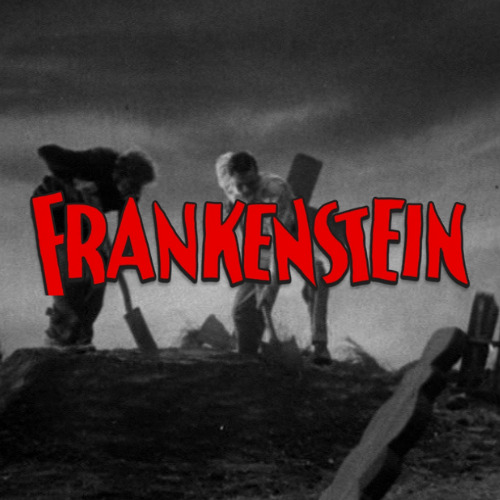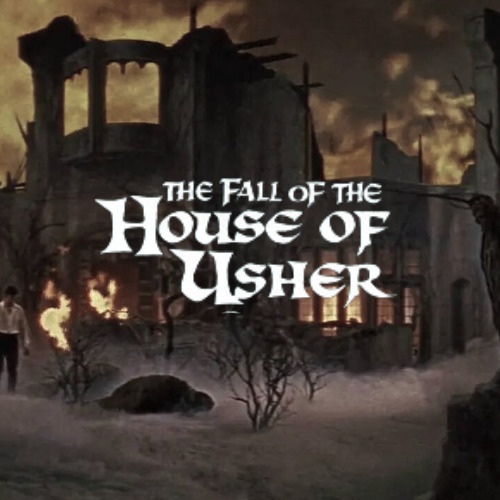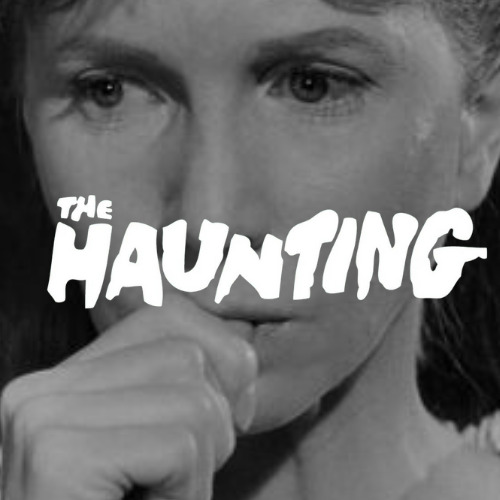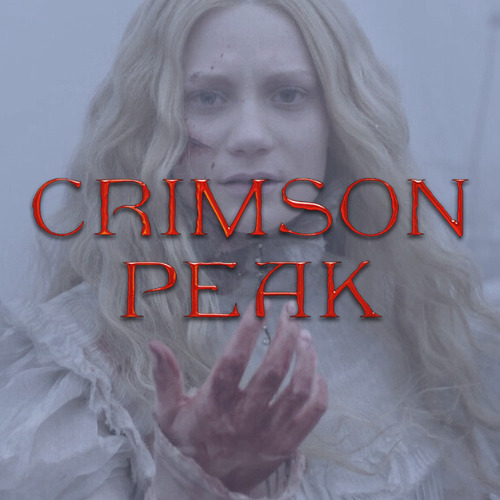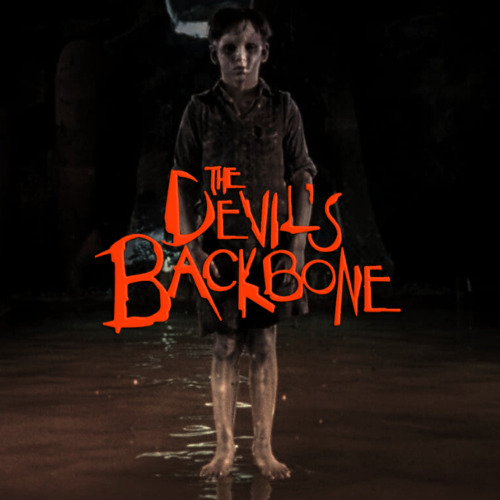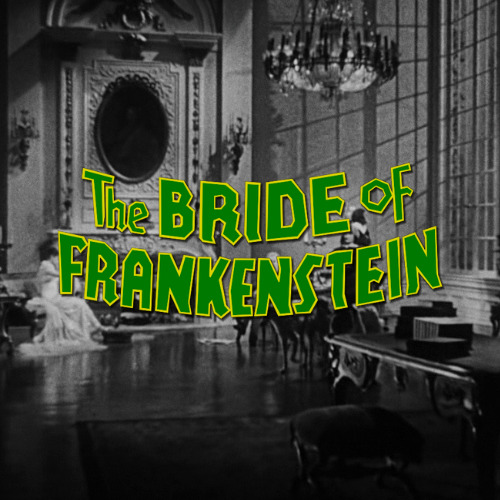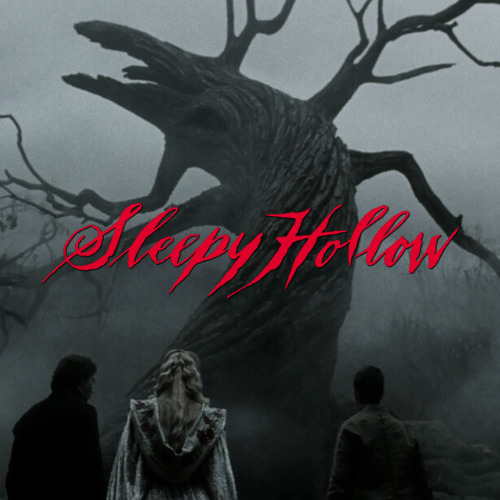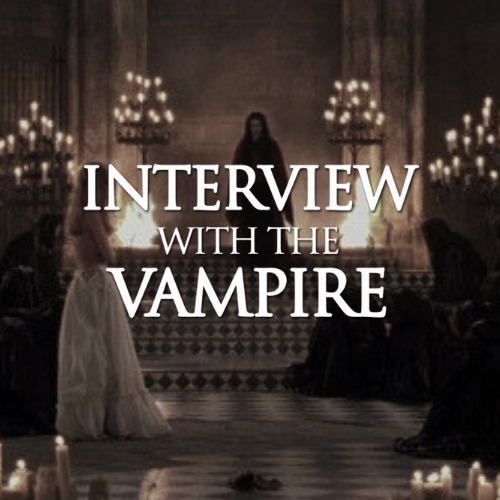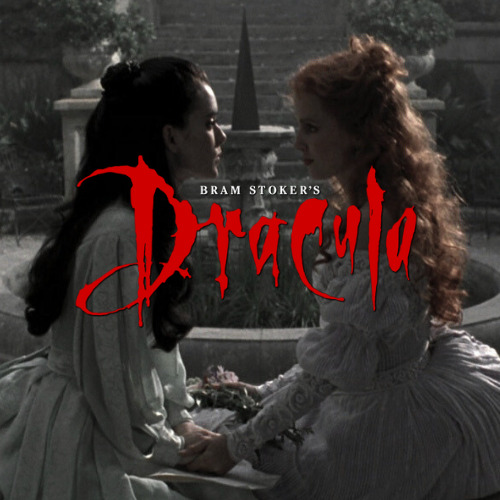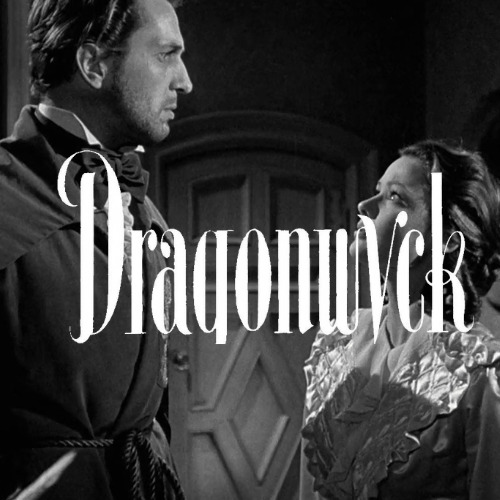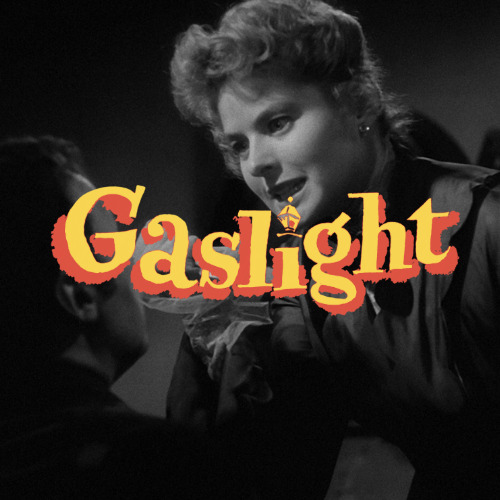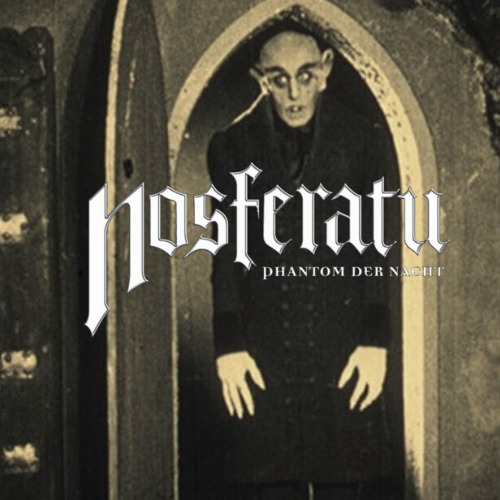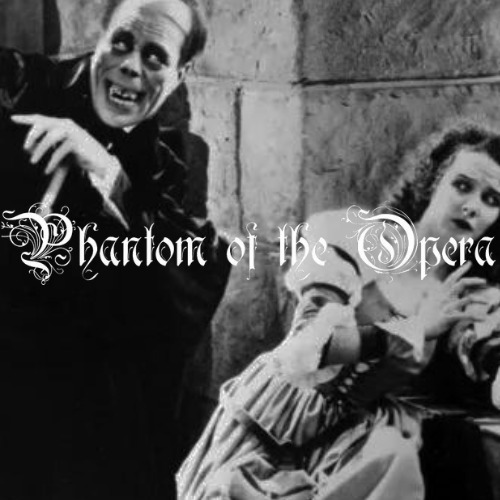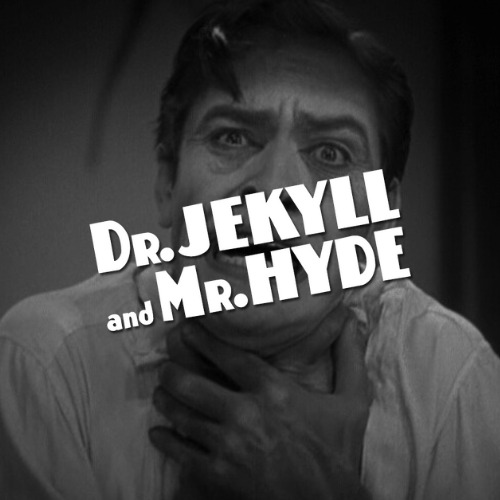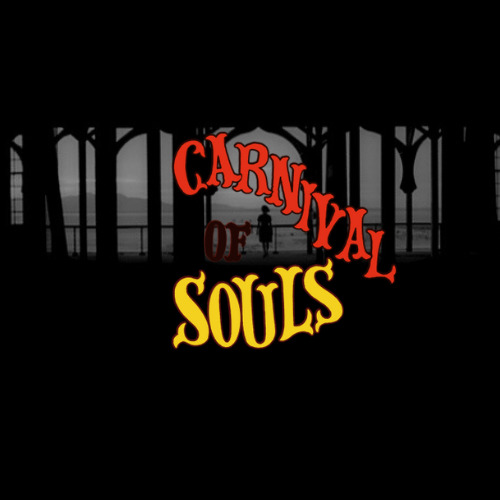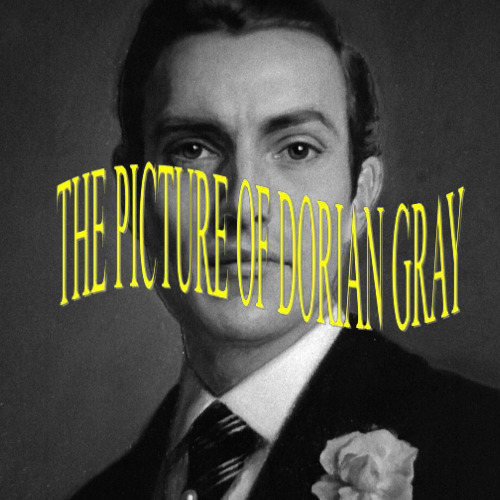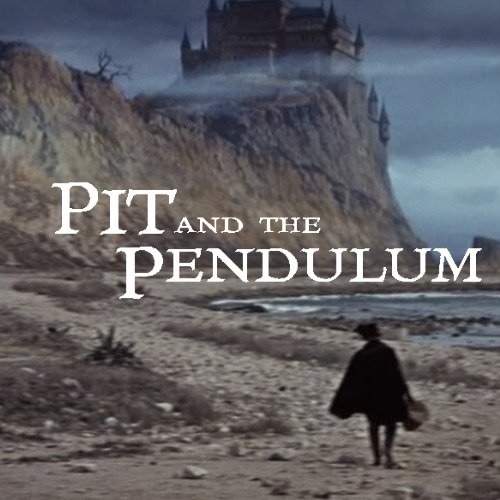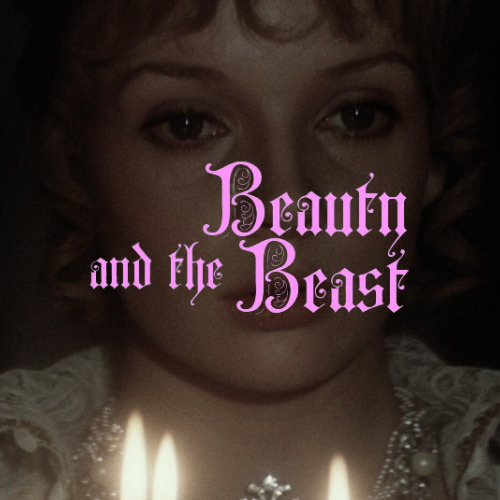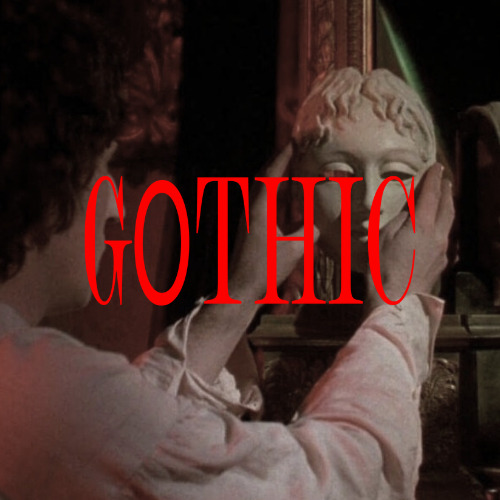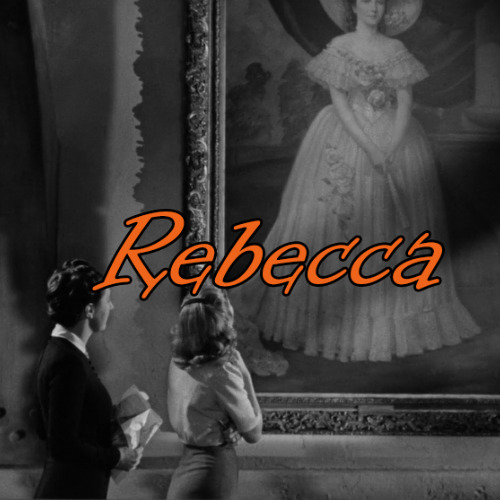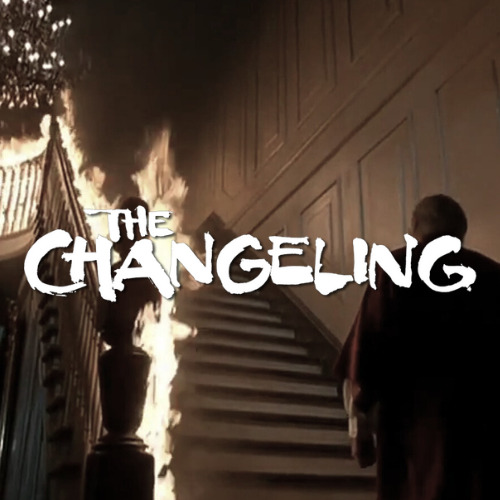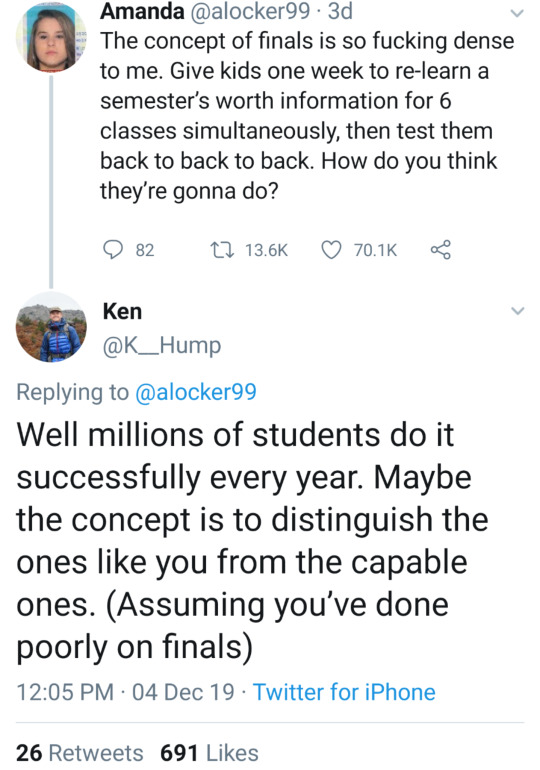Text




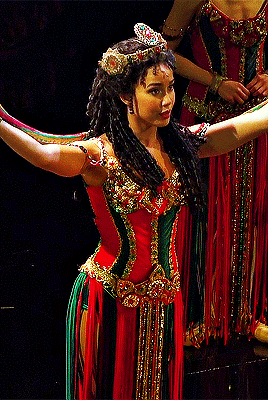
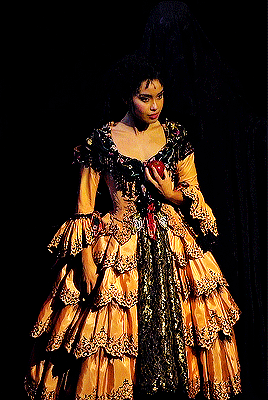
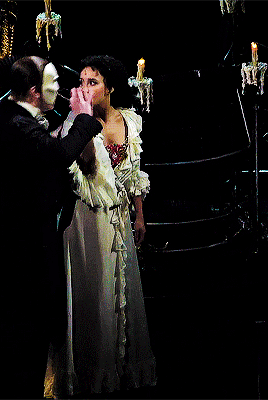



KANISHA MARIE FELICIANO as Christine Daaé in The Phantom of the Opera costume design by Maria Björnson
2K notes
·
View notes
Text
Star Wars headcannon: Luke Skywalkers light saber style is like 86% force. 10% actual lightsaber forms. And 4% drama. I mean he was trained by Obi Wan for like a few days max and then all of his other training was Yoda. His fighting style has to be just like….vibes.
I can imagine force ghost Anakin laughing manically at his son doing the most ape shit crazy stuff with his lightsaber and Obi-wan’s force ghost is just facepalming in the background.
But seriously how terrifying would Luke Skywalker be. The order Jedi would be like, oh what a good Jedi with his blonde hair and smile. Then he just rockets his lightsaber through someone’s chest using the force.
He just runs around throwing stuff and crushing things and then turning around and being like, “y’all doing okay?” Like the good farm boy he is.
613 notes
·
View notes
Text
Zoom In, Don’t Glaze Over: How to Describe Appearance Without Losing the Plot
You’ve met her before. The girl with “flowing ebony hair,” “emerald eyes,” and “lips like rose petals.” Or him, with “chiseled jawlines,” “stormy gray eyes,” and “shoulders like a Greek statue.”
We don’t know them.
We’ve just met their tropes.
Describing physical appearance is one of the trickiest — and most overdone — parts of character writing. It’s tempting to reach for shorthand: hair color, eye color, maybe a quick body scan. But if we want a reader to see someone — to feel the charge in the air when they enter a room — we need to stop writing mannequins and start writing people.
So let’s get granular. Here’s how to write physical appearance in a way that’s textured, meaningful, and deeply character-driven.
1. Hair: It’s About Story, Texture, and Care
Hair says a lot — not just about genetics, but about choices. Does your character tame it? Let it run wild? Is it dyed, greying, braided, buzzed, or piled on top of her head in a hurry?
Good hair description considers:
Texture (fine, coiled, wiry, limp, soft)
Context (windblown, sweat-damp, scorched by bleach)
Emotion (does she twist it when nervous? Is he ashamed of losing it?)
Flat: “Her long brown hair framed her face.”
Better: “Her ponytail was too tight, the kind that whispered of control issues and caffeine-fueled 4 a.m. library shifts.”
You don’t need to romanticise it. You need to make it feel real.
2. Eyes: Less Color, More Connection
We get it: her eyes are violet. Cool. But that doesn’t tell us much.
Instead of focusing solely on eye color, think about:
What the eyes do (do they dart, linger, harden?)
What others feel under them (seen, judged, safe?)
The surrounding features (dark circles, crow’s feet, smudged mascara)
Flat: “His piercing blue eyes locked on hers.”
Better: “His gaze was the kind that looked through you — like it had already weighed your worth and moved on.”
You’re not describing a passport photo. You’re describing what it feels like to be seen by them.
3. Facial Features: Use Contrast and Texture
Faces are not symmetrical ovals with random features. They’re full of tension, softness, age, emotion, and life.
Things to look for:
Asymmetry and character (a crooked nose, a scar)
Expression patterns (smiling without the eyes, habitual frowns)
Evidence of lifestyle (laugh lines, sun spots, stress acne)
Flat: “She had a delicate face.”
Better: “There was something unfinished about her face — as if her cheekbones hadn’t quite agreed on where to settle, and her mouth always seemed on the verge of disagreement.”
Let the face be a map of experience.
4. Bodies: Movement > Measurement
Forget dress sizes and six packs. Think about how bodies occupy space. How do they move? What are they hiding or showing? How do they wear their clothes — or how do the clothes wear them?
Ask:
What do others notice first? (a presence, a posture, a sound?)
How does their body express emotion? (do they go rigid, fold inwards, puff up?)
Flat: “He was tall and muscular.”
Better: “He had the kind of height that made ceilings nervous — but he moved like he was trying not to take up too much space.”
Describing someone’s body isn’t about cataloguing. It’s about showing how they exist in the world.
5. Let Emotion Tint the Lens
Who’s doing the describing? A lover? An enemy? A tired narrator? The emotional lens will shape what’s noticed and how it’s described.
In love: The chipped tooth becomes charming.
In rivalry: The smirk becomes smug.
In mourning: The face becomes blurred with memory.
Same person. Different lens. Different description.
6. Specificity is Your Superpower
Generic description = generic character. One well-chosen detail creates intimacy. Let us feel the scratch of their scarf, the clink of her earrings, the smudge of ink on their fingertips.
Examples:
“He had a habit of adjusting his collar when he lied — always clockwise, always twice.”
“Her nail polish was always chipped, but never accidentally.”
Make the reader feel like they’re the only one close enough to notice.
Describing appearance isn’t just about what your character looks like. It’s about what their appearance says — about how they move through the world, how others see them, and how they see themselves.
Zoom in on the details that matter. Skip the clichés. Let each description carry weight, story, and emotion. Because you’re not building paper dolls. You’re building people.
9K notes
·
View notes
Text
Being an adult in this recession and being like wow I am totally "splurging" on 3 new sets of cotton underwear and 3 pairs of socks like whoaaaaa hold your horses duke of the land where's all this money gonna come from
48K notes
·
View notes
Text
Gods I just love that Astarion is pansexual. I love seeing images of him kissing both men and women. I love that he is flamboyant and that so many women find him sexy. I love that his queerness wasn’t sidelined to make homophobic gamers comfortable.
And I will fight any of those dumbasses who insists that he’s actually gay, because miss me with that stereotyping bullshit. He makes my little bi heart so happy.
2K notes
·
View notes
Text
How to use Em Dash (—) and Semi Colon ( ; )
Since the ai accusations are still being thrown around, here's how i personally like to use these GASP ai telltales. 🦄✨
Em Dashes (—)
To emphasize a shift / action / thought.
They're accusing us—actually accusing us—of using AI.
To add drama.
They dismissed our skills as AI—didn't even think twice, the dimwits—and believed they were onto something.
To insert a sudden thought. Surely they wouldn't do that to us—would they?
To interrupt someone's speech. "Hey, please don't say that. I honed my craft through years of blood and tears—" "Shut up, prompter."
To interrupt someone's thoughts / insert a sudden event.
We're going to get those kudos. We're going to get those reblogs—
A chronically online Steve commented, “it sounds like ai, idk.”
Semi Colons ( ; )
To join two closely related independent sentences / connect ideas.
Not only ChatGPT is capable of correct punctuation; who do you think it learned from in the first place?

Ultimate pro tip: use them whenever the fuck you want. You don't owe anyone your creative process. 🌈

12K notes
·
View notes
Text


Rebel girlfriends on Yavin together !! Happy Pride month
1K notes
·
View notes
Text
I hope fic writers know they’re the reason someone’s heart feels a little less heavy today.
3K notes
·
View notes
Text
it actually completely unironically pisses me off that there was times when i wasn't alive and there will be times when i'm not alive. i should have been there for everything
42K notes
·
View notes


